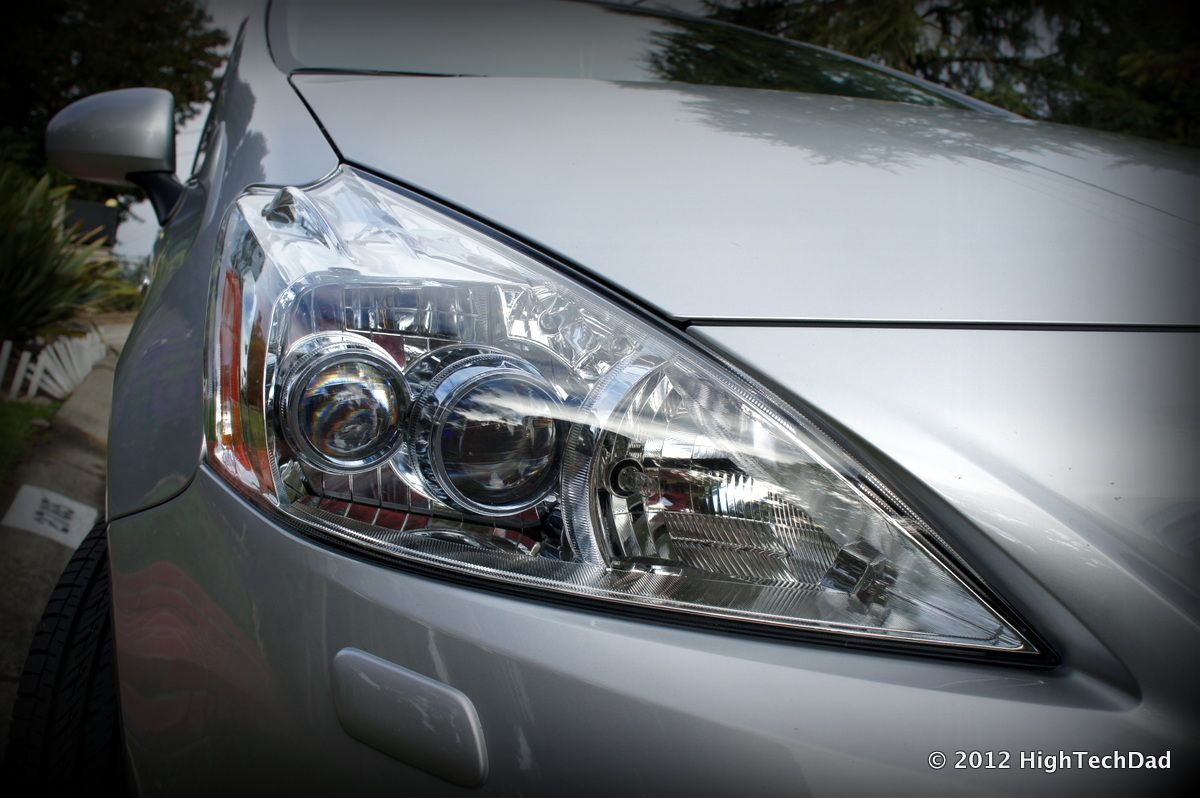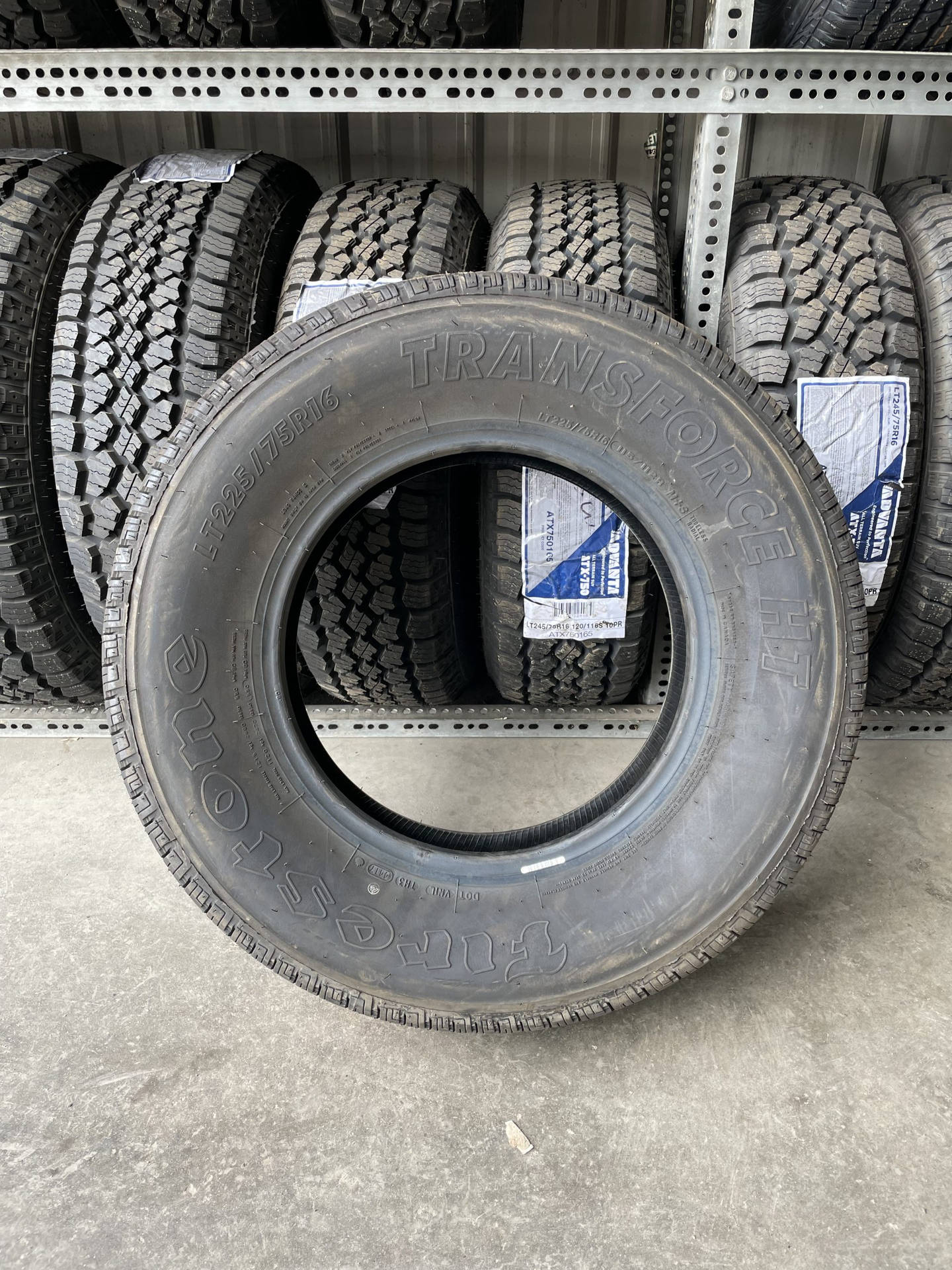
Have you ever found yourself staring at those tiny lines on your tire sidewalls, wondering if they’re just a cosmetic nuisance or a ticking time bomb for your vehicle? It’s a common scenario, and one that often goes unnoticed, despite the critical role tires play in keeping us safe on the road. Many drivers naturally focus on tread depth or patching minor punctures, overlooking the subtle yet significant threat posed by sidewall cracks.
These seemingly minor imperfections can, over time, escalate into sudden tire failure, jeopardizing the safety of you and your passengers. Understanding the underlying causes of sidewall cracks and knowing how to prevent them isn’t just about prolonging the life of your tires; it’s about making a crucial investment in your vehicle’s performance and, most importantly, your peace of mind on every journey.
This in-depth guide is designed to empower you with expert knowledge, helping you to identify early warning signs, grasp the root causes of sidewall deterioration, and implement proactive measures to protect your tire investment. In this first part, we’ll dive deep into what sidewall cracks truly are and explore the most common factors that contribute to their formation, setting the stage for a more durable and safer driving experience.
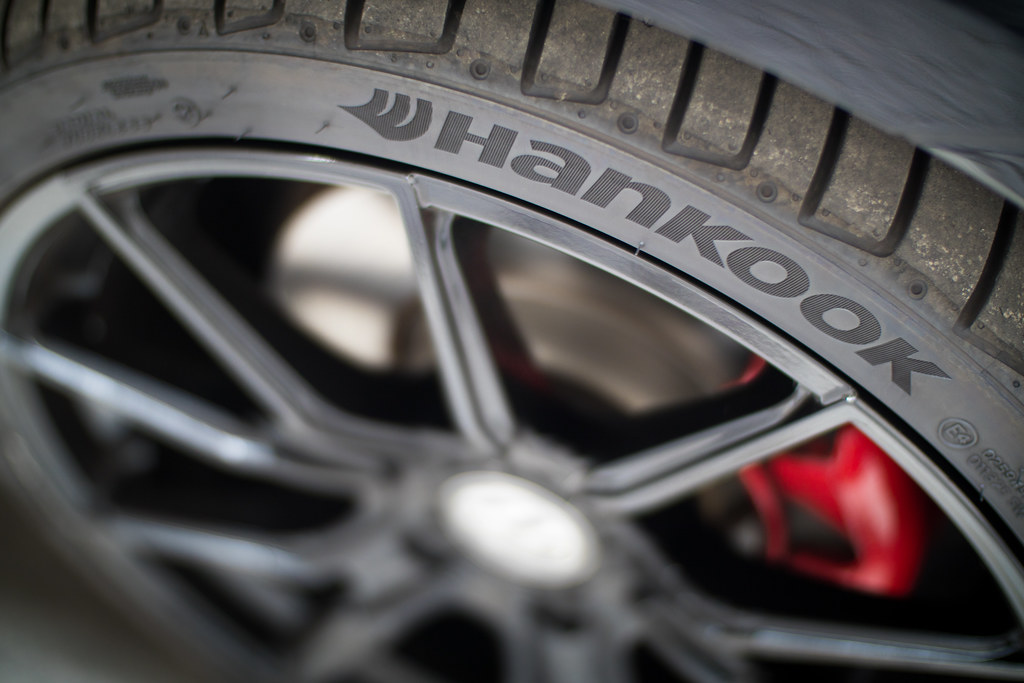
1. **Understanding Sidewall Cracks: What They Are and Why They Matter**
Sidewall cracks are precisely what their name suggests: small fissures that begin to develop on the side portion of a tire. They often manifest as thin lines that run in various directions across the tire’s sidewall surface, and at first glance, they might seem innocuous. However, their deceptive appearance belies a significant potential for danger, making them a critical area of concern for any vehicle owner.
While some of these cracks may initially appear shallow and harmless, their nature allows them to gradually expand and deepen over time, often making them harder to notice without regular, diligent inspection. This slow but steady progression is precisely what compromises a tire’s structural integrity, transforming what might seem like a superficial blemish into a serious vulnerability in the tire’s overall architecture.
The sidewall of a tire is under immense stress during everyday driving. It flexes constantly, bears the brunt of the vehicle’s weight (supported by the air inside), and absorbs road impacts. When cracks form in this crucial area, they create weak points that can significantly diminish the tire’s ability to withstand these forces. Ultimately, these compromised areas can lead to a catastrophic tire failure, such as a sudden blowout, putting you and everyone else on the road at considerable risk.
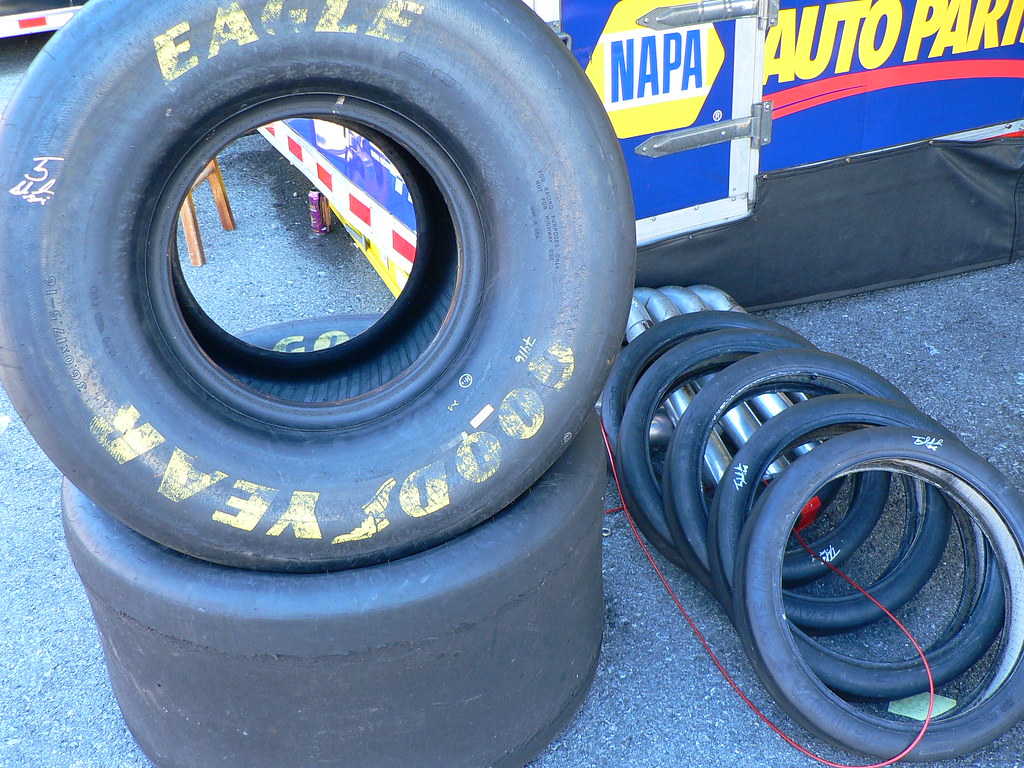
2. **The Silent Enemy: Age-Related Deterioration**
Time, as the saying goes, spares nothing, and your tires are certainly no exception. In fact, time is often considered your tires’ biggest enemy, relentlessly chipping away at their structural integrity. Even if you don’t drive your vehicle frequently, the rubber compounds that make up your tires are constantly exposed to a barrage of environmental factors, leading to an inevitable breakdown over the years.
This natural aging process is primarily driven by what’s known as oxidation, where the tire’s rubber compounds gradually lose their inherent flexibility. As this process continues, the once-supple rubber becomes more brittle and significantly more prone to cracking. This means that even tires with excellent tread depth, which many drivers mistakenly use as the sole indicator of tire health, can still be severely compromised by age.
To ensure optimal safety, tire manufacturers typically recommend replacing your tires every 6 to 10 years, regardless of how much tread they still have left. This guideline exists because the internal structure and chemical composition of the rubber can degrade silently, making the tire unsafe even if it looks superficially sound. Factors such as heat, oxygen, and ultraviolet (UV) rays can dramatically accelerate this aging process, underscoring the importance of proper storage and consistent inspection.
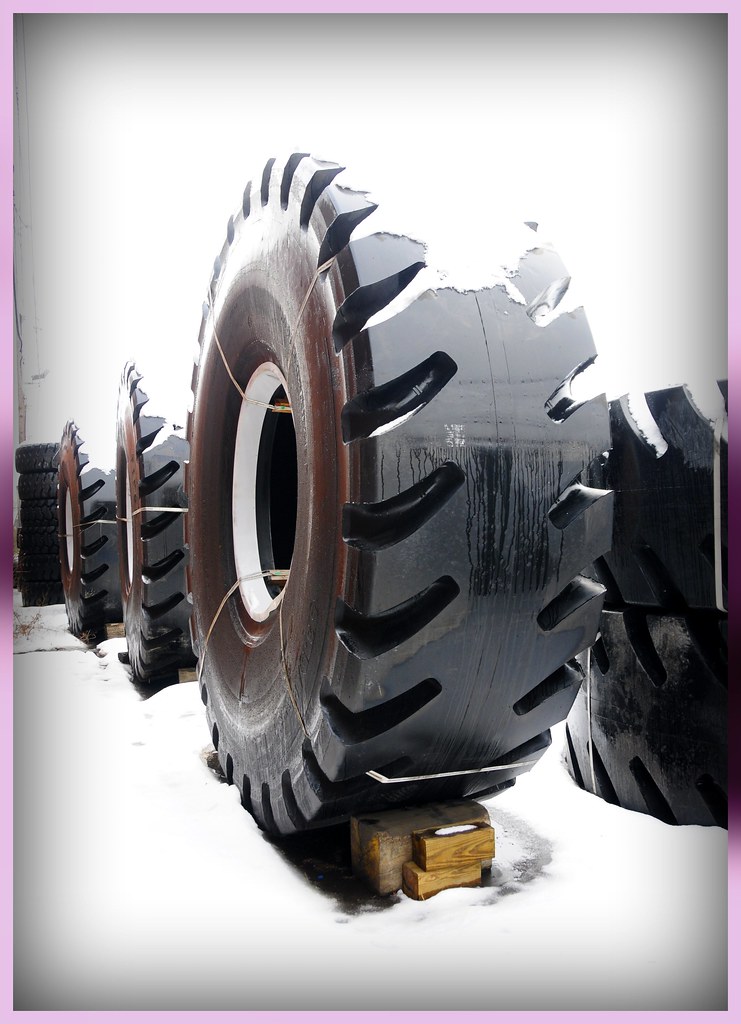
3. **Sun’s Scorch & Weather’s Wrath: UV Exposure and Extreme Temperatures**
Beyond just the passage of time, environmental factors play a highly significant role in the premature deterioration and cracking of tire sidewalls. Chief among these is ultraviolet (UV) radiation from the sun, which can cause substantial damage. Extended exposure to direct sunlight relentlessly breaks down the rubber’s chemical structure, leading to the formation of surface cracks and a generalized weakening of the tire’s structural integrity.
It’s not just the sun’s rays that pose a threat; extreme weather conditions also contribute heavily to sidewall deterioration. Freezing temperatures can make tire rubber considerably more brittle, reducing its elasticity and increasing its susceptibility to cracking under stress. Conversely, excessive heat, especially when combined with consistent sunlight, causes cycles of expansion and contraction that put immense strain on the sidewall’s material, accelerating wear and tear.
Recognizing this vulnerability, it’s highly recommended to take proactive steps to shield your tires from these harsh elements. Parking in shaded areas whenever possible, particularly in consistently warmer climates, can significantly stave off premature sidewall weathering. For vehicles stored outdoors for extended periods, such as vintage cars or RVs, covering both the vehicle and its tires provides an essential layer of protection against damaging UV rays and fluctuating temperatures.
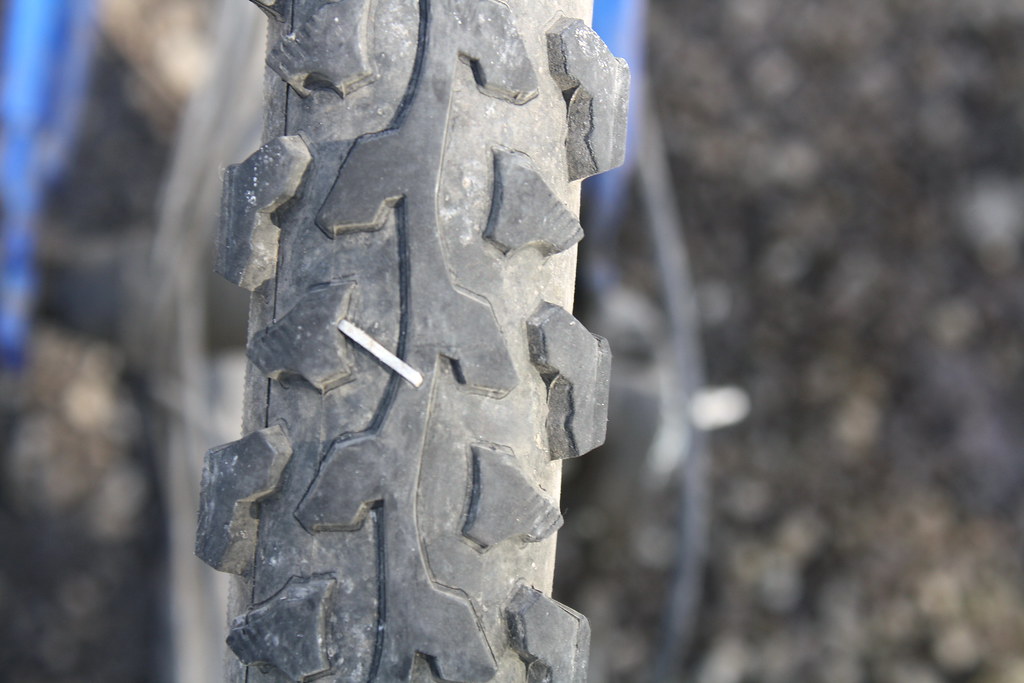
4. **The Pressure Trap: The Dangers of Improper Tire Inflation**One of the most frequently cited yet often overlooked causes of tire failure, including severe sidewall cracking, is improper tire inflation. Driving with tires that are either underinflated or overinflated can be profoundly detrimental to their health and longevity. The sidewall of a tire is not designed to carry the full weight of the vehicle; that crucial job belongs to the air pressure maintained within the tire itself.
One of the most frequently cited yet often overlooked causes of tire failure, including severe sidewall cracking, is improper tire inflation. Driving with tires that are either underinflated or overinflated can be profoundly detrimental to their health and longevity. The sidewall of a tire is not designed to carry the full weight of the vehicle; that crucial job belongs to the air pressure maintained within the tire itself.
When tires are underinflated, the sidewalls undergo excessive flexing during driving. This increased and unnatural flexing generates excessive heat, which is a major contributor to the breakdown of rubber compounds. The resulting stress and heat can lead directly to severe cracking, component separation, or ultimately, a complete tire failure. It’s a vicious cycle where low pressure leads to stress, which leads to heat, and eventually, to damage.
Conversely, overinflation also presents its own set of harmful effects. While it might seem counterintuitive, too much air pressure reduces the tire’s contact patch with the road, leading to uneven wear and diminished traction. More critically, overinflation places undue stress on the sidewall structure, making it more rigid and less capable of absorbing impacts effectively. Both scenarios accelerate the wear and tear on your tires, causing premature cracking and reducing their lifespan. Therefore, maintaining proper inflation levels, as recommended by your vehicle’s manufacturer and checked monthly, remains the single most important action you can take for tire durability.
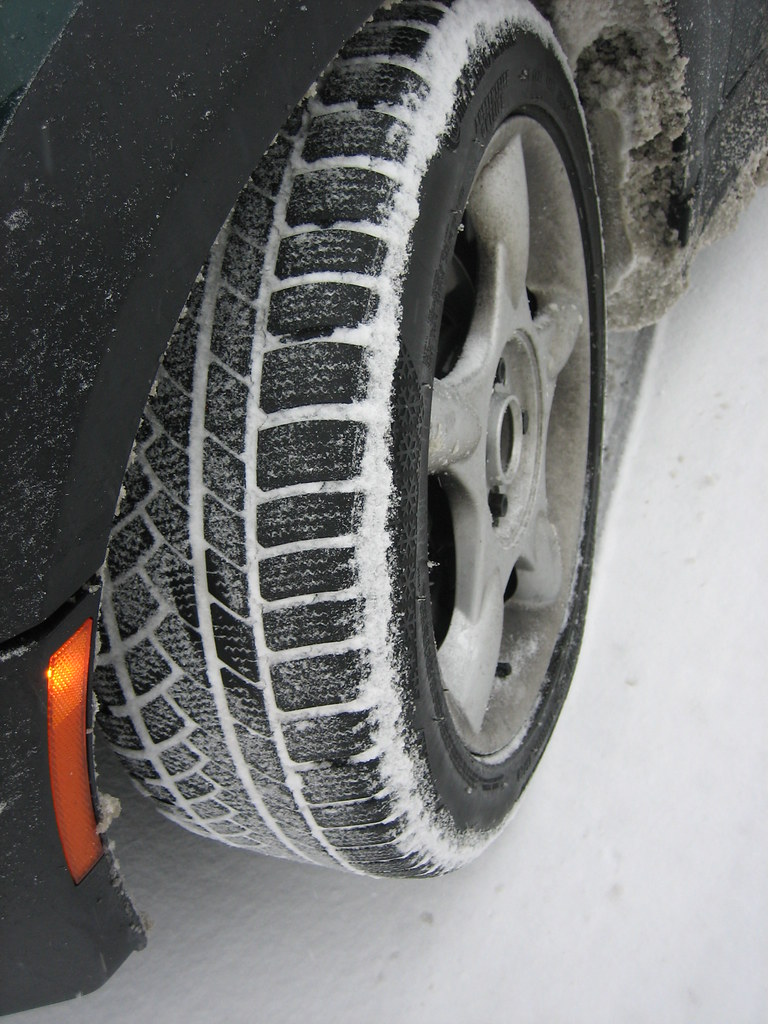
5. **Chemical Combat: Avoiding Harmful Substances**
Your tires are robust, but they are not impervious to chemical attacks. Certain chemicals can actively degrade tire rubber, causing it to deteriorate, weaken, and ultimately crack. It’s a silent, insidious threat that can undermine the integrity of your tires without immediate visual cues, making awareness and caution paramount. Common culprits include road salt, which can be particularly corrosive in winter climates, and specific cleaning chemicals.
Particular attention should be paid to tire shine products or cleaning agents that contain petroleum-based ingredients. While they might make your tires look glossy and new, these substances can react negatively with the rubber’s weathering agents. Petroleum-based products can penetrate the rubber, causing chemical reactions that strip away the very compounds designed to protect the tire from aging and cracking, leading to premature deterioration.
Beyond dedicated tire products, everyday automotive fluids can also inflict serious damage. Spills of oil, brake fluid, or even coolant can seep into the rubber compounds, initiating chemical reactions that weaken the sidewall structure from the inside out. The best defense is a proactive one: always read product labels meticulously, steering clear of any petroleum-based solutions. Furthermore, if your tire comes into contact with anything other than the road – be it chemicals or even soap – a simple rinse with water is crucial to neutralize potential harm.
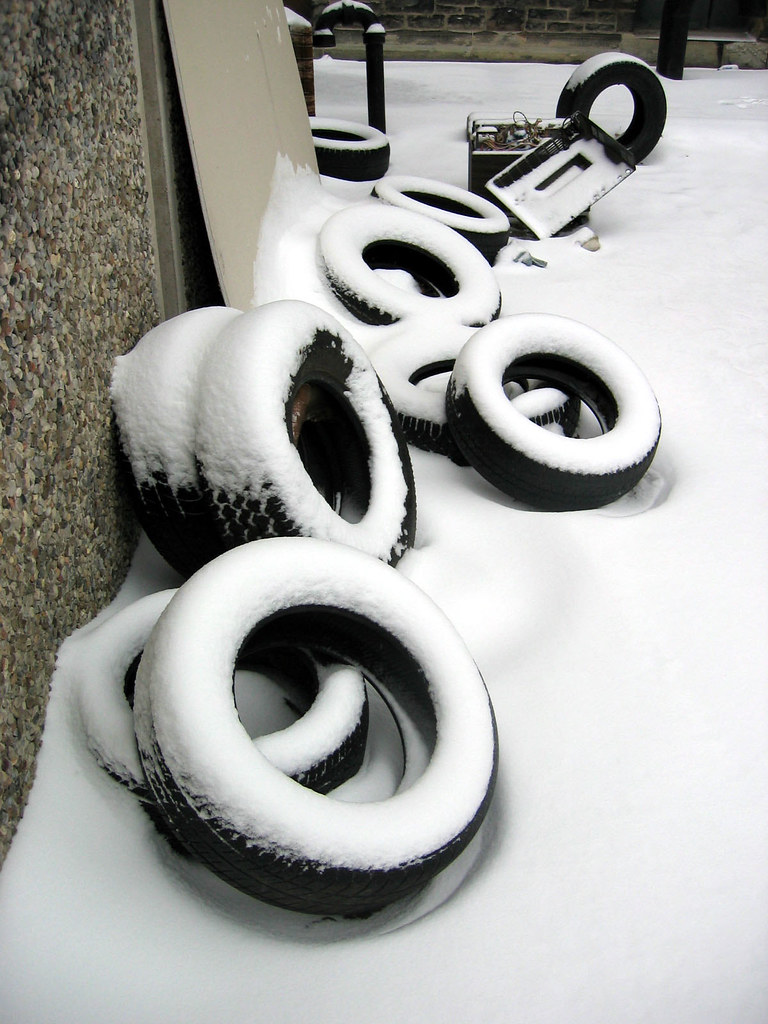
6. **The Unseen Threat: Manufacturing Defects**
While largely uncommon thanks to rigorous quality control, manufacturing defects do occasionally occur, and they represent an unseen threat to tire integrity. These defects stem from issues during the production process, such as improper mixing of the rubber compound, inadequate curing procedures, or even contamination that may occur during the manufacturing stages. Such flaws create inherent weak spots within the tire’s structure from day one.
These manufacturing-related cracks often present themselves in unusual or atypical patterns, sometimes appearing prematurely in new tires. What makes them particularly insidious is that quality control issues during production can create vulnerabilities that might not become noticeable for many months, or even years, after the tires have been installed and are in active use. The internal weaknesses slowly manifest as external signs of damage over time.
This is why maintaining records of your tire purchases is incredibly important, as is diligently monitoring new tires for any unusual wear patterns or crack formations. Early detection of such defects can be critical, not only for addressing the issue under warranty but, more importantly, for preventing a potentially dangerous situation on the road. When in doubt about any unusual tire behavior or appearance, consulting a professional tire technician is always the safest course of action.
Now that we’ve delved deep into the ‘why’ behind tire sidewall cracks, it’s time to pivot to the ‘how’ – specifically, how to master the art of tire care and prevention. Protecting your tires isn’t just about avoiding problems; it’s about extending their life, optimizing your vehicle’s performance, and, most importantly, ensuring your safety on every journey. This section will equip you with actionable strategies, from smart inspection techniques to knowing precisely when it’s time to say goodbye to an old set of tires and embrace new ones. Get ready to turn expert knowledge into practical habits that will keep your rubber in prime condition.
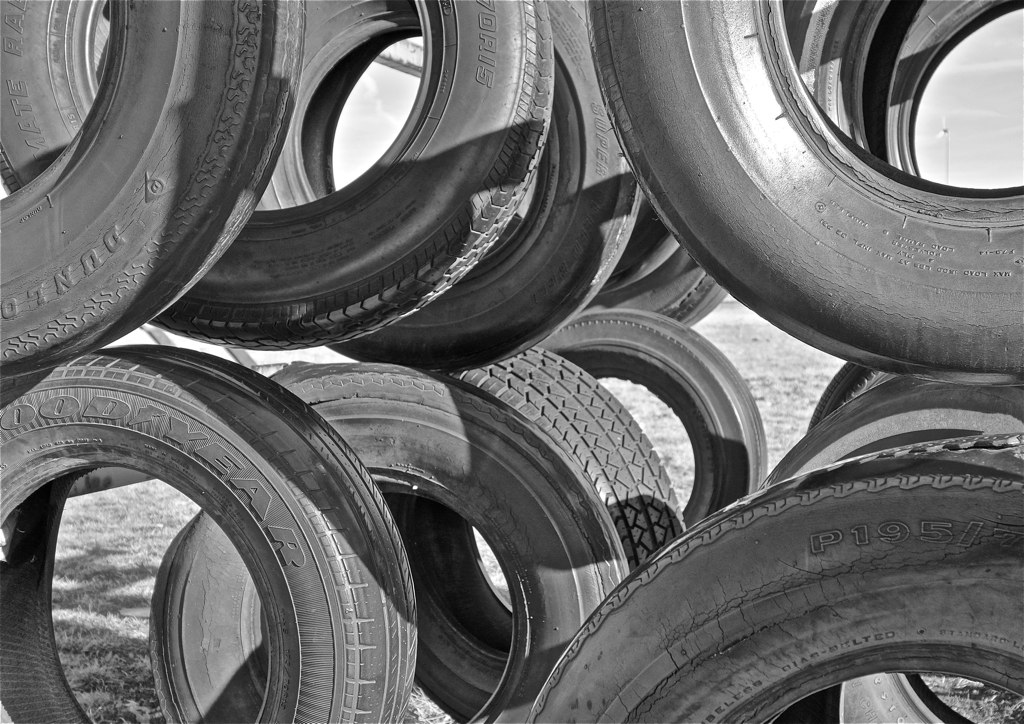
7. **Regular Inspections: Your Eyes on Tire Health**
Think of regular tire inspections as your first and most crucial line of defense against unexpected tire failures. It’s a simple, yet incredibly powerful habit that allows you to catch minor issues before they escalate into major, costly, and potentially dangerous problems. Making a routine of visually examining your tires monthly can make all the difference in their longevity and your safety.
When you’re inspecting, don’t just glance. Get down close and really scrutinize both the sidewalls and the tread. You’re looking for anything out of the ordinary: small hairline cracks, any noticeable discoloration, bulges that shouldn’t be there, or unusual wear patterns. Pay extra close attention to the area where the sidewall meets the tread, as this junction often bears significant stress and can be a common point for cracks to begin.
To ensure a thorough check, consider using a flashlight, especially in areas that might be in shadow or hard to see. It’s also important to inspect the tires when they are clean and dry, as dirt and moisture can obscure subtle signs of damage. Early detection allows you to address issues before they become severe safety hazards, giving you the time to seek professional advice or take corrective action.
Regular inspections also extend to checking between the tire’s treads. While often overlooked, dry rot can manifest here too. Distinguishing dry rot from typical road wear in the tread can be tricky, as road contact often causes chips and minor cracks. However, dry rot in this area will typically appear as very dry rubber with distinct cracks, signaling a compromised structure. Such diligence in inspection is the bedrock of proactive tire maintenance.
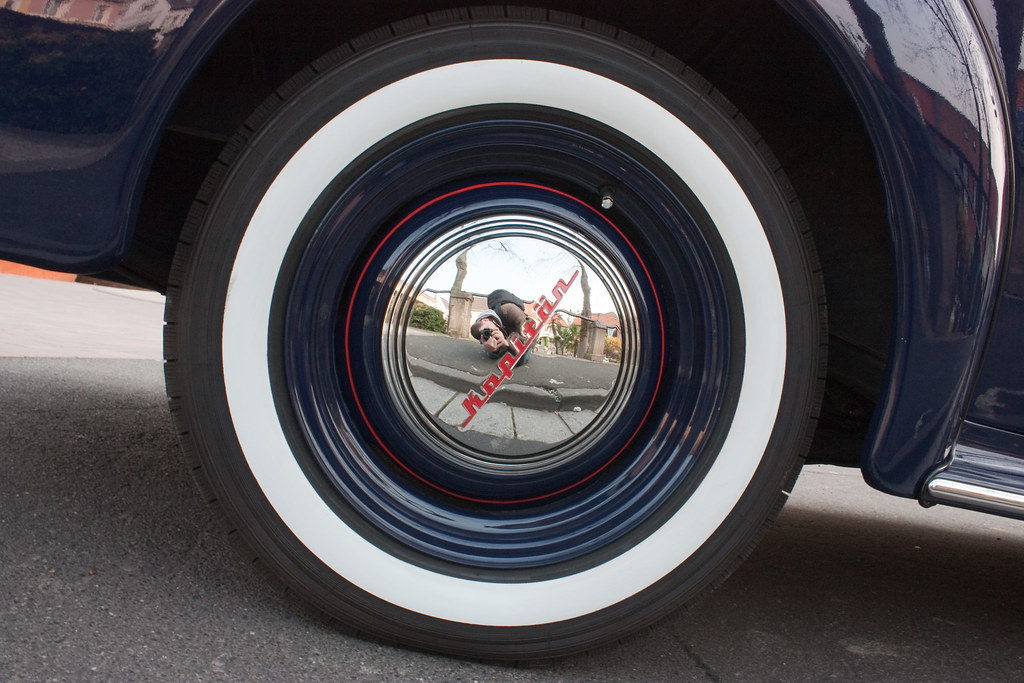
8. **The Inflation Imperative: Maintaining Optimal Pressure**
If there’s one golden rule in tire care, it’s maintaining proper tire inflation. This isn’t just a suggestion; it’s a critical directive that directly impacts everything from your fuel efficiency to the structural integrity of your tires. As we discussed in Section 1, incorrect pressure is a leading cause of tire failure, and getting it right is the single most important action you can take to maximize tire life.
Properly inflated tires distribute the vehicle’s weight evenly across the tread, ensuring consistent contact with the road and minimizing stress on the sidewalls. This balanced pressure prevents the excessive flexing that underinflation causes, which in turn reduces heat buildup and the premature breakdown of rubber compounds. It also avoids the rigidness and reduced contact patch that comes with overinflation, both of which accelerate wear and cracking.
So, how do you ensure your tires are always at their optimal pressure? It’s simpler than you might think. Aim to check your tire pressure at least once a month using a reliable pressure gauge. The crucial tip here is to check the pressure when the tires are ‘cold’ – meaning the vehicle hasn’t been driven for a few hours, typically overnight. This provides the most accurate reading, as driving heats up the air inside the tires, artificially increasing pressure.
Always consult your vehicle’s owner’s manual or the placard typically found on the driver’s side door jamb for the manufacturer’s recommended inflation levels. These specifications are tailored for your specific vehicle and tire combination. Maintaining these precise levels reduces stress on the sidewall, significantly extending tire life and warding off many types of damage, including the dreaded sidewall cracks.
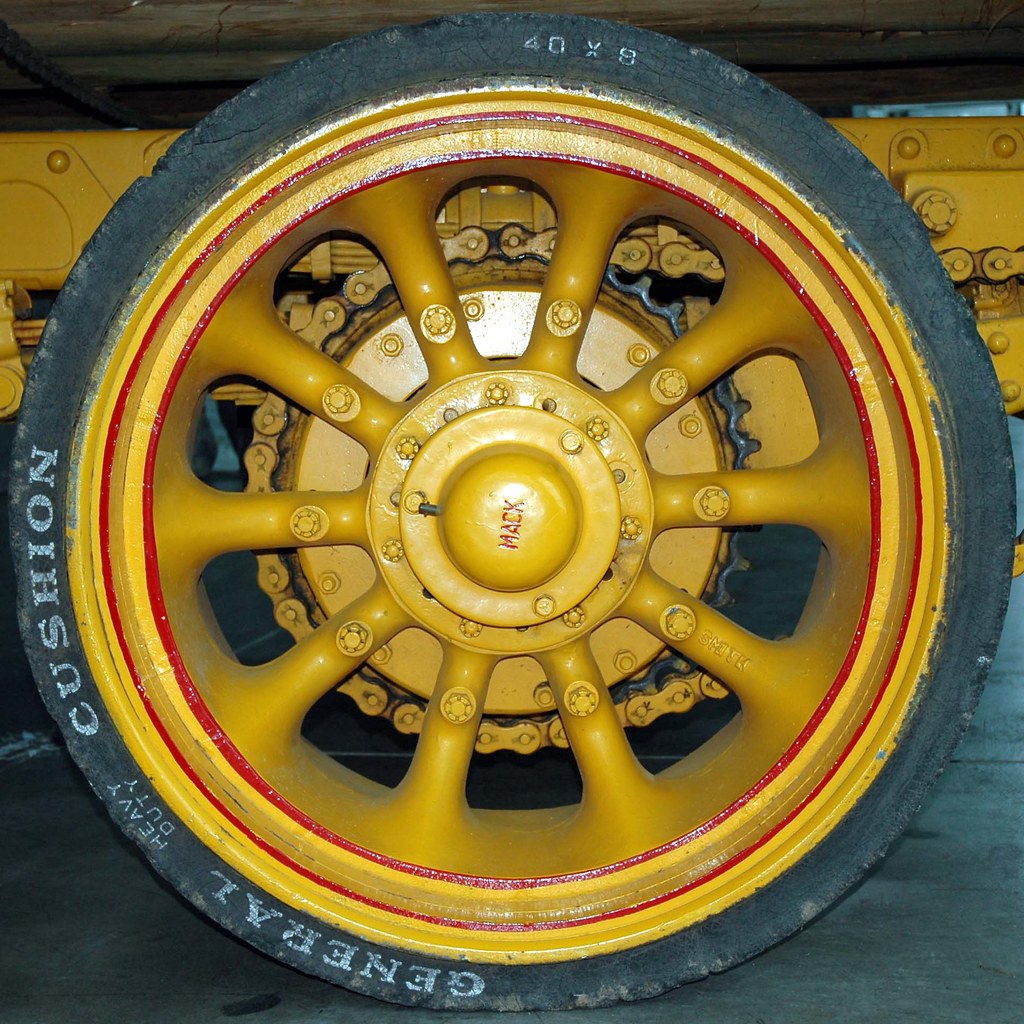
9. **Guarding Against the Elements: UV and Temperature Shields**
Your tires are constantly battling the elements, and two of their fiercest adversaries are relentless UV rays from the sun and fluctuating extreme temperatures. Understanding how these environmental factors accelerate deterioration, as outlined in the previous section, empowers you to implement simple, yet highly effective protective strategies to shield your rubber.
When it comes to UV damage, sunlight relentlessly breaks down the rubber’s chemical structure. The most straightforward defense is to park your vehicle in shaded areas whenever possible. If a garage is available, use it. For those who frequently park outdoors, especially in sun-drenched climates, investing in tire covers can provide an essential physical barrier, blocking direct sun exposure and significantly minimizing UV radiation’s harmful effects.
Extreme temperatures also take their toll. Freezing conditions can make tire rubber brittle, while excessive heat causes damaging cycles of expansion and contraction. If you’re storing a vehicle for an extended period, such as a vintage car, trailer, or RV, specialized care is paramount. Ideally, store it in a clean, dry area away from drastic temperature shifts and direct sunlight. Removing as much weight from the tires as possible, perhaps by using jack stands, further reduces stress.
Furthermore, if removing weight isn’t feasible, make it a point to move the vehicle at least every three months. This subtle shift in position helps to redistribute the weight and prevent flat spots or prolonged stress on specific sections of the sidewall, which could otherwise contribute to cracking. By diligently implementing these environmental protection strategies, you can substantially extend the healthy lifespan of your tires.
Read more about: The Unexpected Urban Conundrum: Why Owning a Car in the City Can Become a Significant Liability
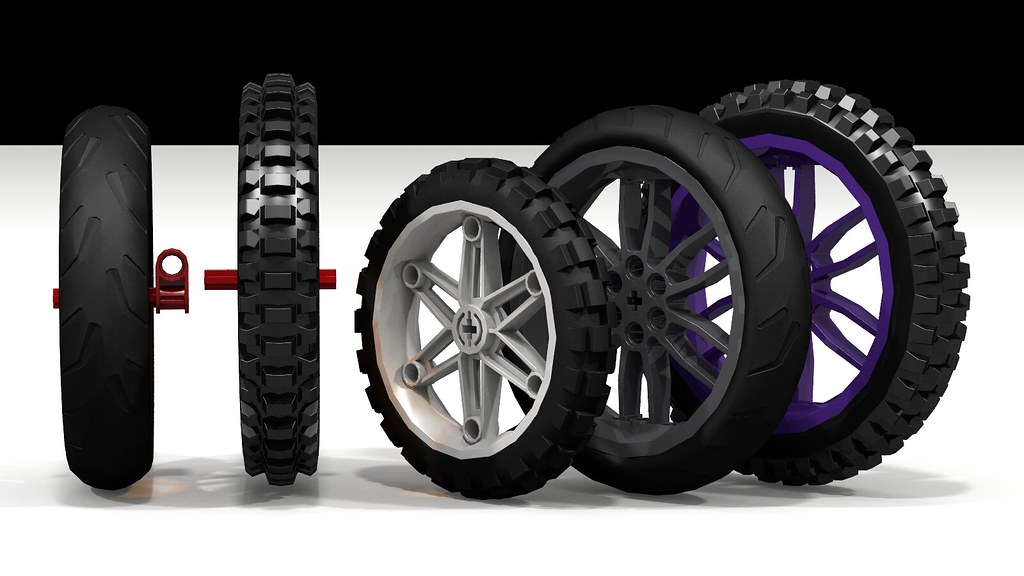
10. **Chemical Consciousness: What to Avoid for Longevity**
While tires are designed for rugged performance, they are surprisingly vulnerable to chemical attacks. Certain substances can relentlessly degrade the rubber compounds, leading to premature aging, weakening, and ultimately, cracking. Being acutely aware of what comes into contact with your tires is a crucial step in preventing this silent form of deterioration.
One of the most common culprits lurking in many garages are petroleum-based tire shine products or cleaning agents. While they might give your tires a temporary glossy sheen, these chemicals can actively strip away the rubber’s natural weathering agents, which are designed to protect against environmental damage. Always make it a habit to meticulously read product labels and steer clear of any solutions containing petroleum derivatives.
For routine cleaning, the simplest and safest method is often the best: a washcloth, water, and a mild dish soap. This water-based approach won’t introduce harmful chemicals that could react negatively with your tire’s materials. After washing, a thorough rinse with plain water is crucial to remove any soap residue, ensuring no unwanted substances are left to linger and potentially cause harm.
Beyond dedicated tire products, everyday automotive fluids can also inflict serious damage. Accidental spills of oil, brake fluid, or even coolant can penetrate the rubber, initiating chemical reactions that compromise the sidewall’s integrity. If your tire comes into contact with anything other than the road – whether it’s chemicals, road salt from winter driving, or even household cleaning solutions – a prompt and thorough rinse with water is an absolute must to neutralize potential harm and protect your tire investment.

11. **Preventing Stress: Overloading and Driving Habits**
Beyond inflation and environmental factors, how you use your vehicle significantly impacts your tires’ health, particularly their sidewalls. Overloading and certain driving habits can place immense, unnecessary stress on your tires, accelerating wear and increasing the likelihood of cracks. Understanding and respecting your vehicle’s limits is key to prolonged tire life.
Every tire is engineered with a specific recommended load capacity, which accounts for the vehicle’s weight plus any additional cargo it carries. Exceeding this limit, or “overloading,” is a direct pathway to premature tire failure. This excess weight places tremendous strain on the tires, particularly their sidewalls, causing excessive flexing and heat buildup that can lead to severe cracking or even a catastrophic blowout. Always consult your owner’s manual for your vehicle’s and tires’ precise load limits.
Beyond static loads, your dynamic driving habits also play a vital role. While you don’t need to change your fundamental driving style, being mindful of road conditions can prevent significant damage. Consistently driving over sharp objects, through deep potholes, or on excessively rough surfaces subjects your tires to sudden impacts and stresses. These events can create immediate damage or develop stress points that manifest as cracks over time. A little caution can go a long way.
Finally, an often-overlooked aspect of tire health is consistent use. Tires contain protective wax compounds that migrate to the surface to shield against ozone damage. Regular driving ensures these protectants are continuously moving and active. If a vehicle sits unused for extended periods, these compounds don’t replenish, leaving the rubber more vulnerable to dry rot. So, in many cases, simply driving your car regularly is a proactive step in preventing sidewall cracking.
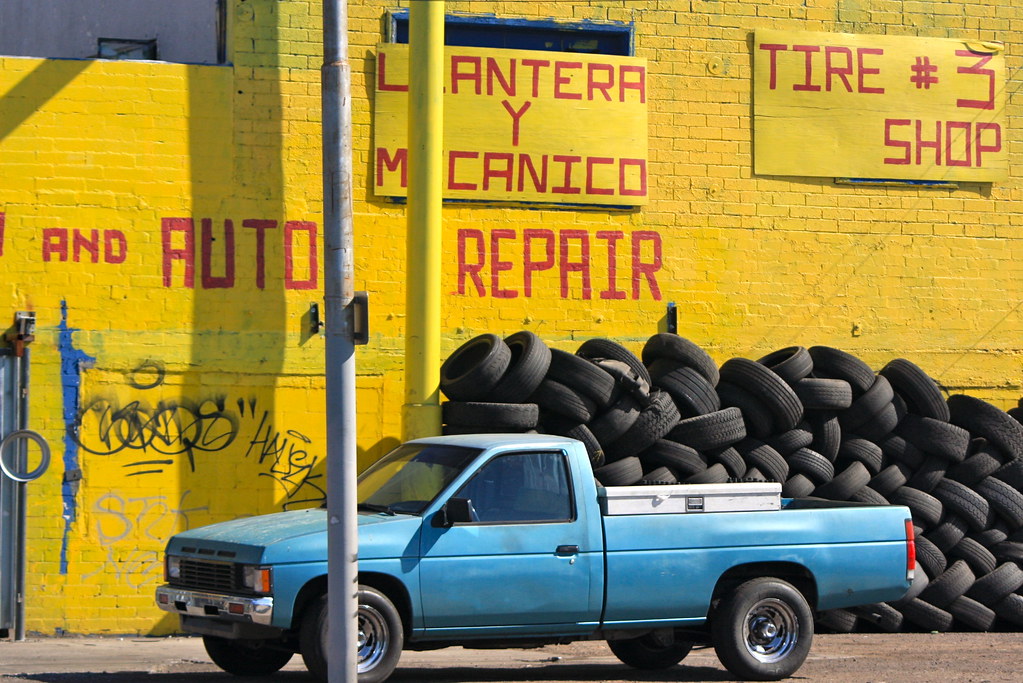
12. **When to Call It Quits: Recognizing the Need for Replacement**
Despite your best preventative efforts, tires eventually wear out, and cracks may appear. The crucial skill is to differentiate between minor, cosmetic imperfections and those that signal a serious safety hazard requiring immediate replacement. Ignoring severe cracks is a gamble you should never take with your safety.
Small, superficial cracks that don’t penetrate deeply into the rubber might simply be a sign of aging, and if they remain shallow, they can often be monitored. However, deeper, wider cracks, especially those on the tire’s sidewall or between the treads, are red flags. If you can see the fabric or steel belts underneath the rubber, replacement is not an option – it’s an immediate necessity. These types of cracks critically compromise the tire’s structural integrity.
Driving on tires with significant dry rot or deep sidewall cracks is inherently unsafe. Such damage severely weakens the tire’s structure, making it highly prone to sudden blowouts, especially at highway speeds. Furthermore, a dry-rotted tire loses its flexibility and grip, increasing the risk of hydroplaning and reducing overall handling, putting you and your passengers at considerable risk. There is no reliable tool to determine which deeply cracked tire is ‘safe enough’; when in doubt, safety dictates replacement.
While some early-stage dry rot might seem ‘fixable’ by restoring moisture with specific techniques, it’s vital to understand that significant tire dry rot cannot be truly repaired. These methods primarily slow progression or offer temporary cosmetic improvements. Once the rubber compounds have fundamentally broken down and cracks are evident, the only truly safe solution is to replace the affected tires with new ones. Always consult a professional tire technician for an expert evaluation to make the safest decision.
Your tires are the sole connection between your vehicle and the road, making their condition paramount to your safety and driving experience. By embracing these smart preventative measures—from diligent inspections and maintaining proper inflation to shielding against environmental and chemical threats, and knowing when to replace—you empower yourself to keep your tires in optimal health. This isn’t just about extending the life of your rubber; it’s about investing in peace of mind and ensuring every journey is as safe and reliable as possible. Don’t compromise on tire condition; a few minutes spent on regular care can prevent costly repairs and dangerous situations, ensuring your ride runs smoothly for miles to come.



